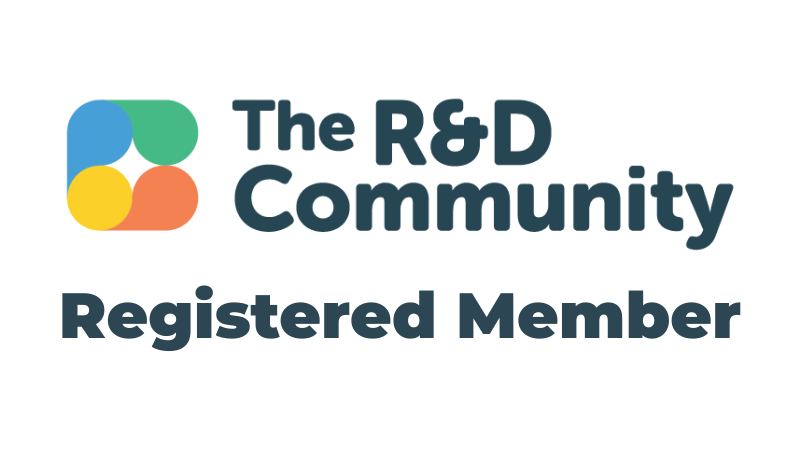
Merged RDEC for a Loss-Making Company
For accounting periods commencing after 1 April 2024, the merged RDEC scheme is the way all companies – large or small – access R&D tax credits, unless they qualify for ERIS – Enhanced R&D Intensive Support.
In this article we explore RDEC for a loss-making company, as well as ERIS (only available for loss-making companies), specifically looking at how the RDEC tax credit can be claimed and whether it’s possible to carry losses forward to the next accounting period.
Can I claim RDEC if I’m a loss-making company?
One of the big differences between the merged RDEC and old SME R&D tax credit is how you claim when your company makes a loss.
The RDEC tax credit is shown in your profit and loss account as ‘above the line’, which means you can offset the credit against any tax liabilities.
For startups or loss-making organisations, it can hold a huge influence over business and investment decisions because it accounts for future profitability. However, the process to claim RDEC tax credits is more complicated if your company is making a loss; therefore, you should seek advice from a specialist.
At Kene Partners, we are an active member of HMRC’s R&D Communication Forum and remain at the forefront of tax and legislative developments, ensuring our clients and partners get the most relevant advice and guidance. Our team has helped organisations to claim over £135m in benefits to date. If you’re looking for tailored advice about how to claim RDEC tax credits as a loss-making company, get in touch to see how we can help.
How do loss-making companies receive their RDEC credit?
Every RDEC tax credit claim is made through your Company Tax Return form (CT600). Regardless of whether you make a profit or loss, the RDEC scheme will treat you equally, allowing you to claim the current RDEC rate of 20%.
However, if you are in a tax loss position, you can receive your RDEC tax credit in three main ways:
- Carry back the loss: if you have previously made a taxable profit, you can offset the loss and receive a tax refund.
- Immediate cash refund: this is calculated at 16.2% of the surrendered losses within the period.
- Group relief: if your organisation operates within a group, your losses can be offset against taxable profits within the same tax group.
Can you carry forward losses after RDEC?
Yes. While there is no immediate cash or tax benefit, the RDEC scheme does allow loss-making companies to carry it forward and offset the loss against future taxable profit.
What is loss surrender?
If your organisation chooses to take the immediate tax credit amount of 20% (taxable) or group relief, rather than hold out and carry the loss forward, you have effectively surrendered the loss. But the decision on whether or not to surrender the loss is not simple. There are several questions you should consider before deciding what is right for your organisation:
- Does your business expect to be profitable in the short- or medium-term?
- Have previous periods produced profit?
- Is the value of the cash today worth significantly more than in the future?
Furthermore, it’s important to note that as a loss-making company making a claim through the RDEC scheme, you will need to wait until HMRC has processed your CT600 before receiving a refund, and this will need to be accounted for properly on your balance sheet.
Every company has their own individual circumstances, which is why no two loss-making organisations are the same. Therefore, it’s always best to seek professional advice before deciding whether to surrender the loss.
What about ERIS?
You must be loss-making to qualify for ERIS. You must also be classified as an SME and be spending at least 30% of your relevant expenditure on qualifying R&D. See our full guide here.
As a loss-making company you can either take the benefit (worth 14.5% of your qualifying expenditure) as cash or use it to offset any other liabilities you have with HMRC. Read more about ERIS in our guide here.
How can we help?
Book a free consultation with our expert R&D funding advisors today. We specialise in helping innovative businesses like yours unlock millions in government funding, specifically allocated to fuel your innovation. Let us help your business access the support it deserves.


.svg)






